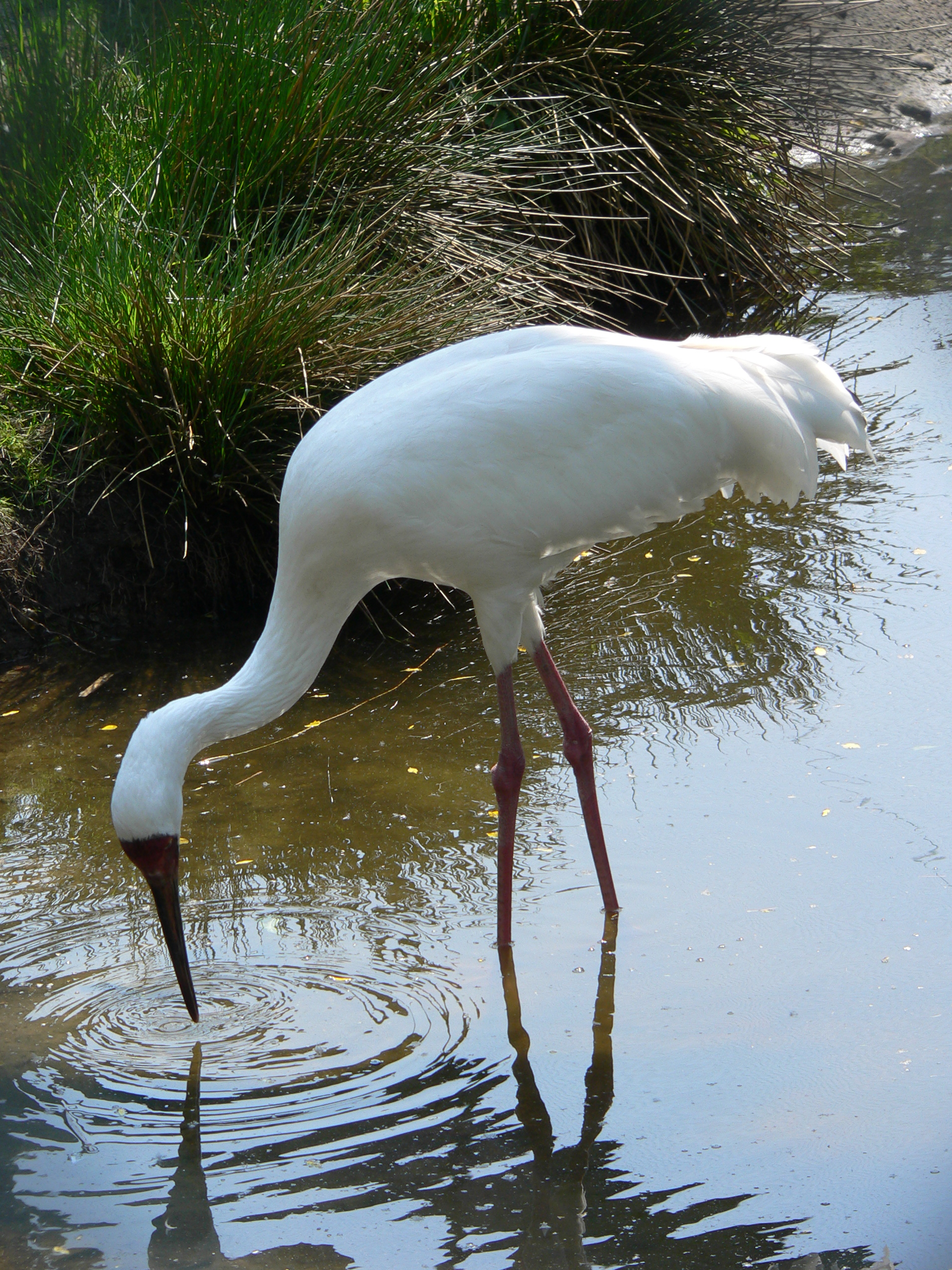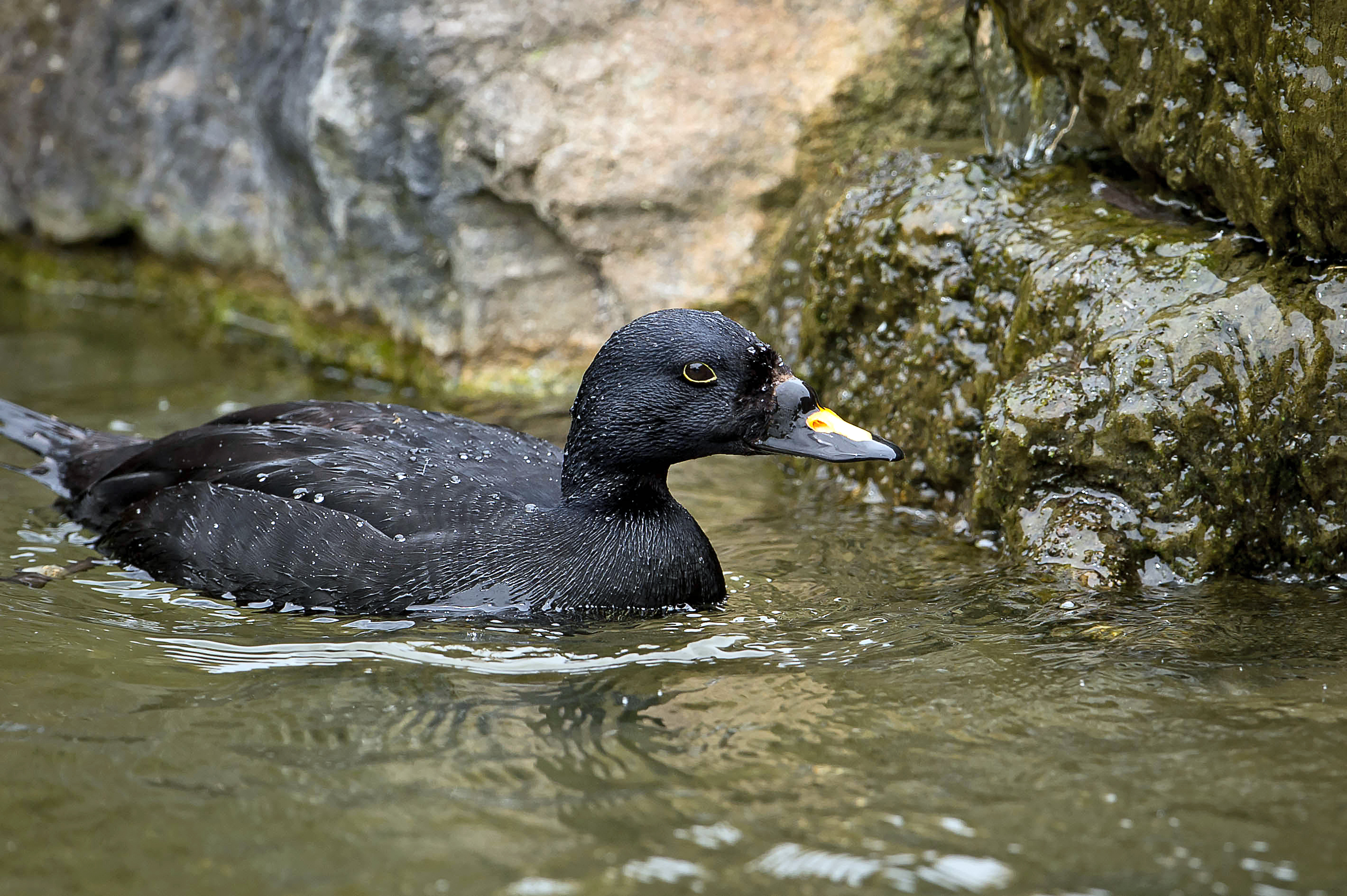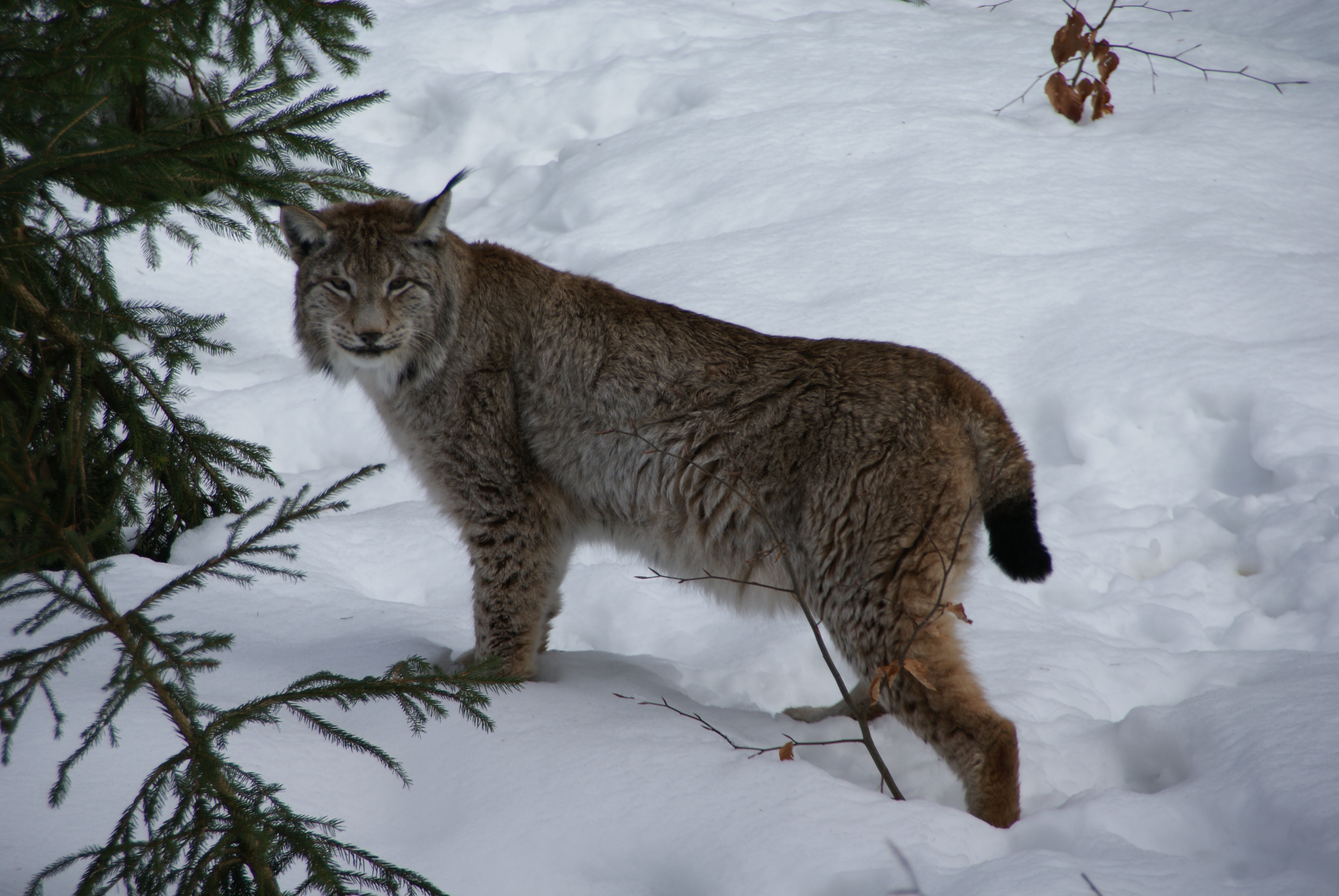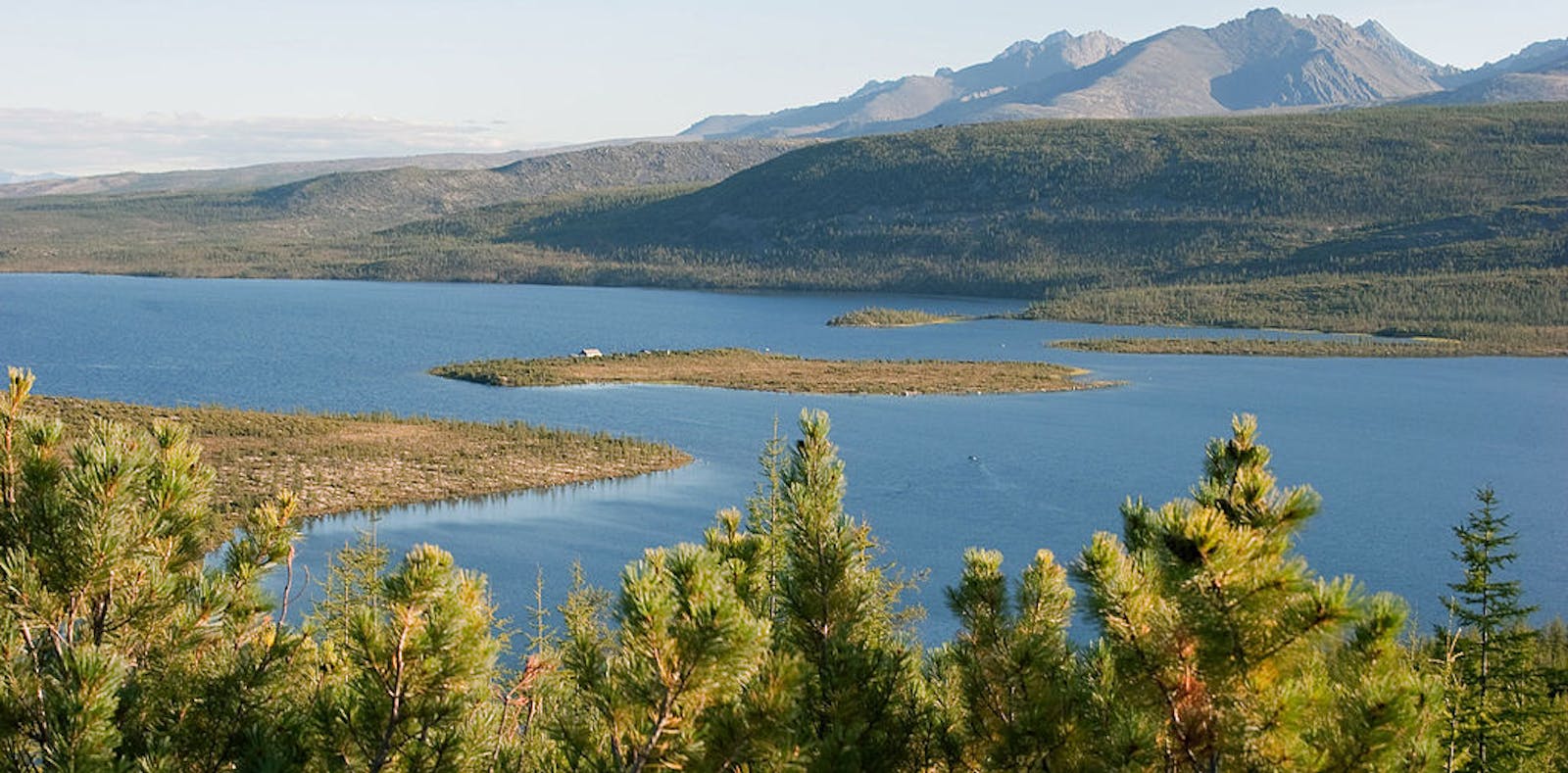Northeast Siberian Taiga
The ecoregion’s land area is provided in units of 1,000 hectares. The protection goal is the Global Safety Net (GSN1) area for the given ecoregion. The protection level indicates the percentage of the GSN goal that is currently protected on a scale of 0-10. N/A means data is not available at this time.
Bioregion: Siberian Boreal Forests & Mountain Tundra (PA7)
Realm: Subarctic Eurasia
Ecoregion Size (1000 ha):
112,841
Ecoregion ID:
714
Protection Goal:
93%
Protection Level:
1
States: Russia
One of the coldest places on earth, the Northeast Siberian Taiga ecoregion has vast areas of pristine larch forest, tundra-bogs and wild coastlines, vital for a wide diversity of animals. In the north, polar bears and ghostly Siberian cranes forage through the short summer, in the south millions of seabirds nest on isolated cliffs. The interior taiga hosts reindeer, moose, brown bears, wolves, and wolverines.
%20Facebook%20russia%20friends%202.jpeg)
The flagship species for the Northeast Siberian Taiga ecoregion is the amur lemming. Image credit: Courtesy of Russia Friends Facebook page
The western edge of this ecoregion follows the Verkhoyansk, Kolyma, and Dzhugdzhur mountain ranges, higher elevations of which, along with the Chersky Mountains, are included within the Cherskii-Kolyma Mountain Tundra ecoregion. To the north and east the ecoregion ends as taiga forest becomes tundra, whilst the Sea of Okhotsk forms a southern border.
Winter temperatures are some of the coldest on Earth. In Verkhoyansk the average annual temperature is -15.2°C, average monthly temperatures are -46.2–15.3°C and only 175 mm of mean precipitation falls per year. Near the Okhotsk Sea, conditions are milder and summers cooler. Average monthly temperatures are -17.5–12.1°C. The average annual temperature is -2.8°C and annual precipitation is around 456 mm.

Siberian crane. Image credit: Thurner Hof, Creative Commons
The entire ecoregion is subject to permanent permafrost. Enormous areas are covered by sparse forests of Dahurian larch with some dwarf Siberian pine and silver birch. The ground is covered by species such as Calamagrostis purpurea, Epilobium angustifolium, and sedges. Within forests are ‘Alasy’ shallow depressions formed by seasonal thawing and freezing of the soil surface, with meadow or steppe vegetation on the edges and often a pool in the middle. There are fragments of relic steppe vegetation in the Yana and Indigirka river basins, confined to south-facing slopes.
In the northeast of the ecoregion, larch forests are mixed with polygonal-ridged tundra-bogs with forested ridges and tundra species such as Scandinavian small-reed, leatherleaf, and bog bilberry. Along the southern coast, areas of Erman's birch scrub are found. Endemic species in the ecoregion include Draba majae, Magadania olaensis, Potentilla rupifraga, Salix khokriakovii, and Taraxacum kolymense.

Eurasian common scoter. Image credit: Jason Thompson, Creative Commons
In summertime, the north of the ecoregion supports majestic polar bears., together with important populations of reindeer, moose, grey wolf, brown bear, arctic fox and wolverine . Endemic species include the Amur lemming and the critically endangered Siberian crane. The coast has enormous breeding seabird colonies, such as Talan Island, with hundreds of thousands of tufted puffin, crested puffin, black-legged kittiwake, and Aleutian terns to name just a few species. Endangered great knot and Blakiston's eagle-owl breed in the sparse taiga, Steller’s sea-eagles patrol the coastline and river mouths, and black-billed capercaillie stalk the forest undergrowth.
Considerable parts of the ecoregion maintain intact habitat, although more accessible areas have been the subject of intense forestry operations: over 15% of the forest was cleared in the Magadanskaya region between 1965–1990. Cattle and horse breeding operations occur in river basins and Alasy areas. Protected areas cover over 10% of the ecoregion, including the massive Momisky-Eselyakh-Ozhogino Basin-Badyariha connected area, but the emphasis is often on resource protection rather than nature.

Eurasian wolf. Image credit: Creative Commons
Although state-run logging operations decreased after 1990, illegal logging and export to China, Japan, and South Korea is still a serious problem, particularly in more accessible southern areas. Climate change will have a profound impact, forests are predicted to expand northwards and eastwards into tundra areas. The competitive advantage larch has over other species may reduce, changing forest composition. Climate change also brings increased risk of catastrophic wildfires. Seabird colonies are at risk from fossil fuel operations on the Okhotsk coast.

Eurasian lynx. Image credit: Creative Commons
The priority conservation actions for the next decade will be to: 1) increase the connectivity between protected areas with an emphasis on climate change adaptation; 2) protect breeding seabird colonies; and 3) improve enforcement to prevent and stop illegal logging.
Citations
- Joint Research Centre of the European Commission. 2019. The Digital Observatory for Protected Areas (DOPA) Explorer 4: Northeast Siberian Taiga. [Online]. [Accessed 18th November 2019]. Available from: https://dopa-explorer.jrc.ec.europa.eu/ecoregion/80605
- WWF. 2018. Northeast Siberian taiga. [Online]. [Accessed 18th November 2019]. Available from: https://www.worldwildlife.org/ecoregions/pa0605
- Krestov. P.V. 2003. Forest Vegetation of Easternmost Russia (Russian Far East). In: Kolbek, Jirí, Srutek, Miroslav, Box, Elgene E. O. eds. Forest Vegetation of Northeast Asia. Dordrecht: Springer. pp. 93-180.

.png?auto=compress%2Cformat&w=300)
